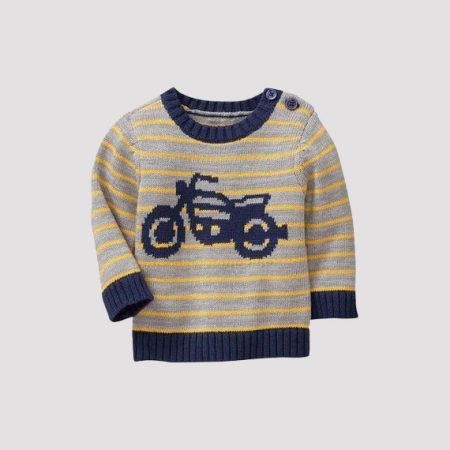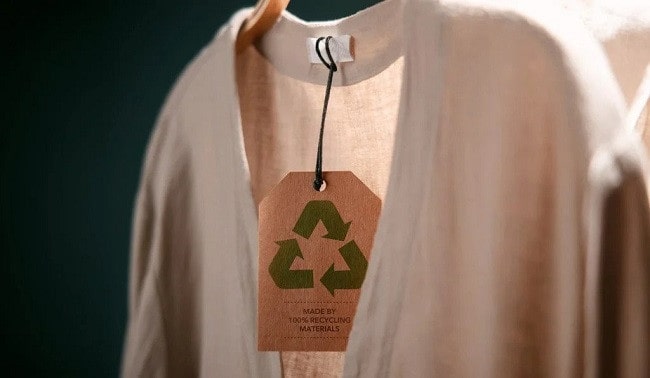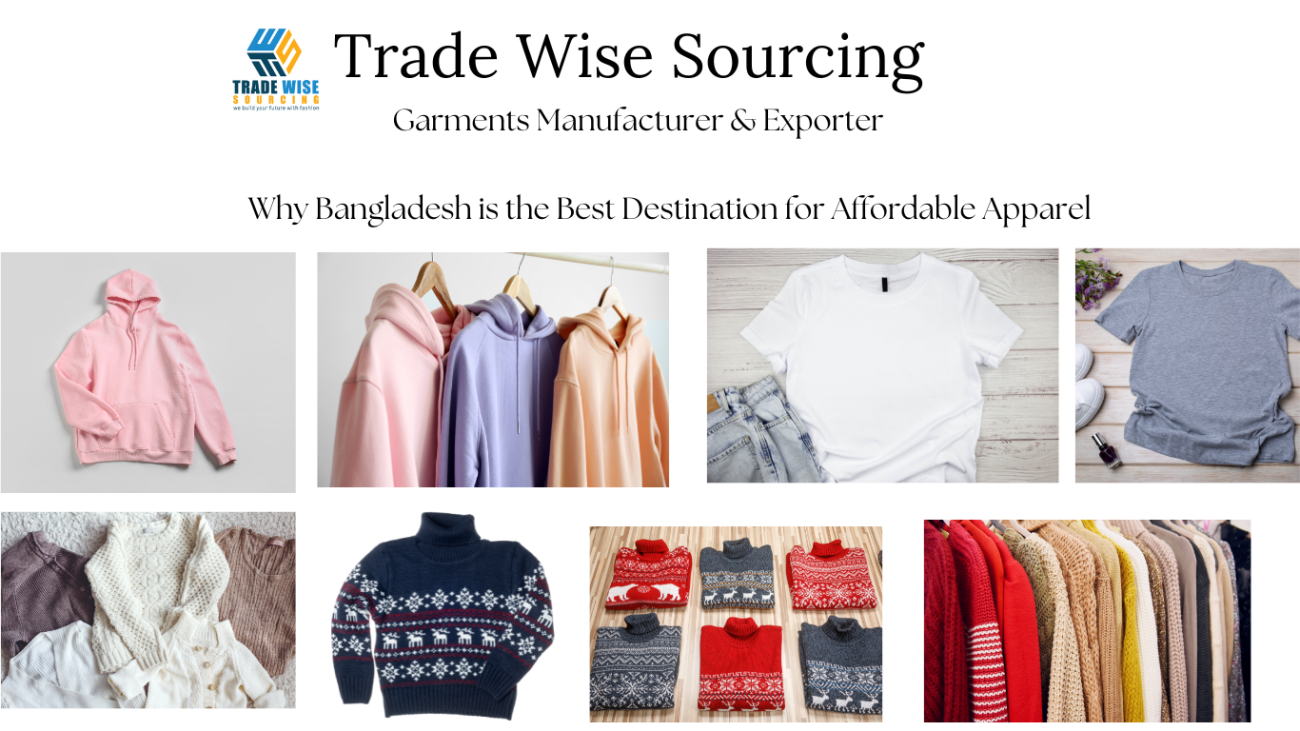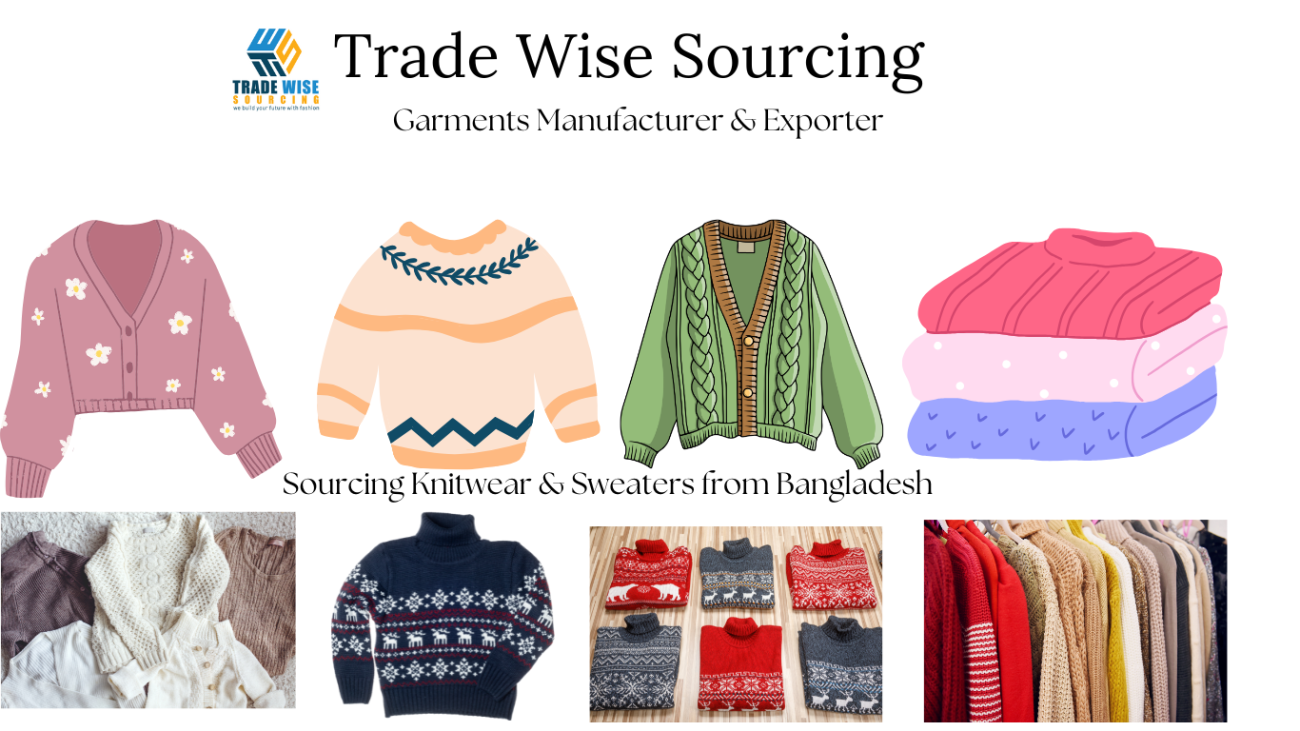Why the Apparel Sector Should Embrace PEFC in Fashion Labels | Trade Wise Insights
The apparel industry is at a pivotal moment, with sustainability becoming a key focus for global brands and consumers alike. Incorporating the Programme for the Endorsement of Forest Certification (PEFC) in fashion labels is not just a trend but a necessity for eco-conscious manufacturing. In this article, we explore why the apparel sector must embrace PEFC labeling and how it impacts the future of sustainable fashion.
What is PEFC?
PEFC stands for the Programme for the Endorsement of Forest Certification, a globally recognized certification system ensuring that forest-based products come from sustainably managed sources. It plays a vital role in promoting eco-friendly practices throughout the supply chain.
Why Should the Apparel Sector Display PEFC Labels?
1. Enhances Brand Credibility
Displaying the PEFC label demonstrates a commitment to sustainability, helping brands align with environmentally conscious consumers. This enhances trust and fosters long-term customer loyalty.
2. Meets Growing Consumer Demand
According to recent studies, 67% of consumers prefer brands that prioritize sustainability. Incorporating PEFC labels assures customers that your products are eco-friendly.
3. Supports Sustainable Practices
PEFC-certified materials, such as sustainable fabrics and packaging, help reduce the environmental footprint of the fashion industry, making it easier for businesses to contribute to global sustainability goals.
4. Compliance with Regulations
Many international markets are tightening regulations around sustainable labeling. PEFC certification helps brands stay compliant with these evolving standards.
Benefits for the Apparel Industry
- Global Recognition: PEFC labels are trusted worldwide, opening opportunities in eco-sensitive markets.
- Improved Supply Chain Transparency: Certification ensures traceability and accountability in sourcing raw materials.
- Competitive Edge: With sustainability becoming a key differentiator, displaying PEFC labels can set your brand apart from competitors.
How to Incorporate PEFC Labels in Fashion?
- Partner with Certified Suppliers: Ensure raw materials are sourced from PEFC-certified suppliers.
- Educate Your Team: Train your design and production teams on the importance of sustainable practices.
- Market Your Efforts: Highlight the inclusion of PEFC labels in your products through marketing campaigns and product descriptions.
Conclusion
The inclusion of PEFC in fashion labels represents a bold step toward a more sustainable future for the apparel industry. By adopting PEFC-certified practices, businesses not only meet consumer expectations but also play a critical role in protecting the environment. At Trade Wise Sourcing Ltd., we are committed to supporting sustainable solutions for the global apparel industry.
Looking for sustainable sourcing solutions? Partner with Trade Wise Sourcing Ltd. and stay ahead in the eco-friendly fashion revolution. Contact us today!












Leave a comment